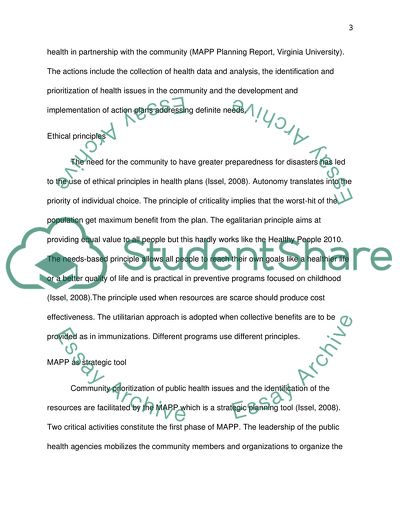Cite this document
(A Health Program for Substance Abuse Term Paper, n.d.)
A Health Program for Substance Abuse Term Paper. Retrieved from https://studentshare.org/social-science/1733096-referencing-a-current-community-health-issueneed-develop-a-health-program
A Health Program for Substance Abuse Term Paper. Retrieved from https://studentshare.org/social-science/1733096-referencing-a-current-community-health-issueneed-develop-a-health-program
(A Health Program for Substance Abuse Term Paper)
A Health Program for Substance Abuse Term Paper. https://studentshare.org/social-science/1733096-referencing-a-current-community-health-issueneed-develop-a-health-program.
A Health Program for Substance Abuse Term Paper. https://studentshare.org/social-science/1733096-referencing-a-current-community-health-issueneed-develop-a-health-program.
“A Health Program for Substance Abuse Term Paper”, n.d. https://studentshare.org/social-science/1733096-referencing-a-current-community-health-issueneed-develop-a-health-program.


